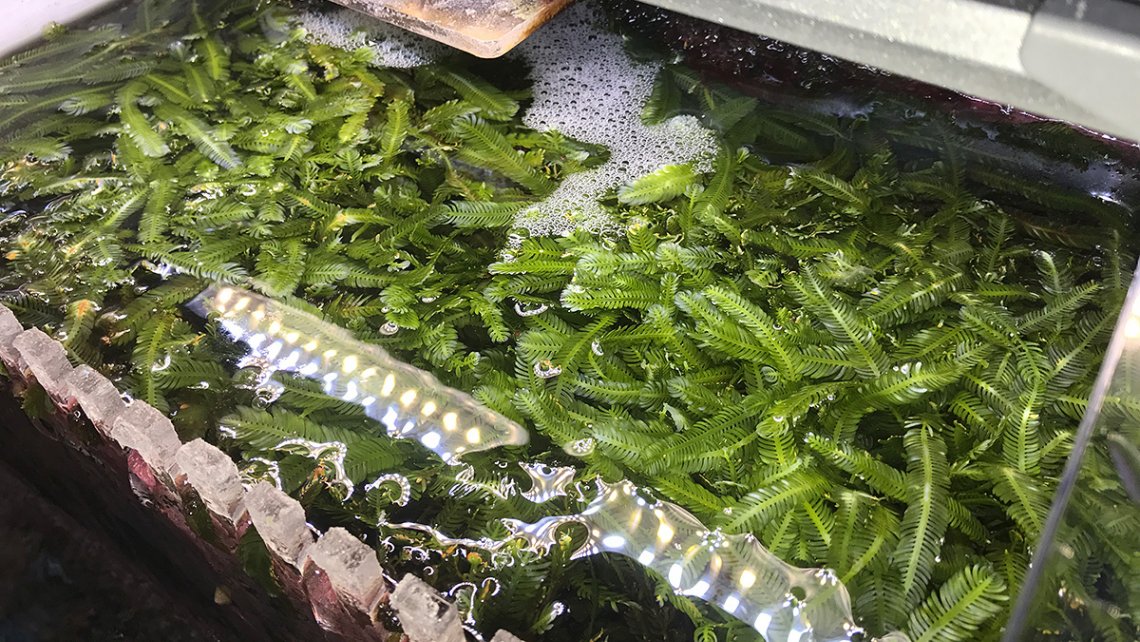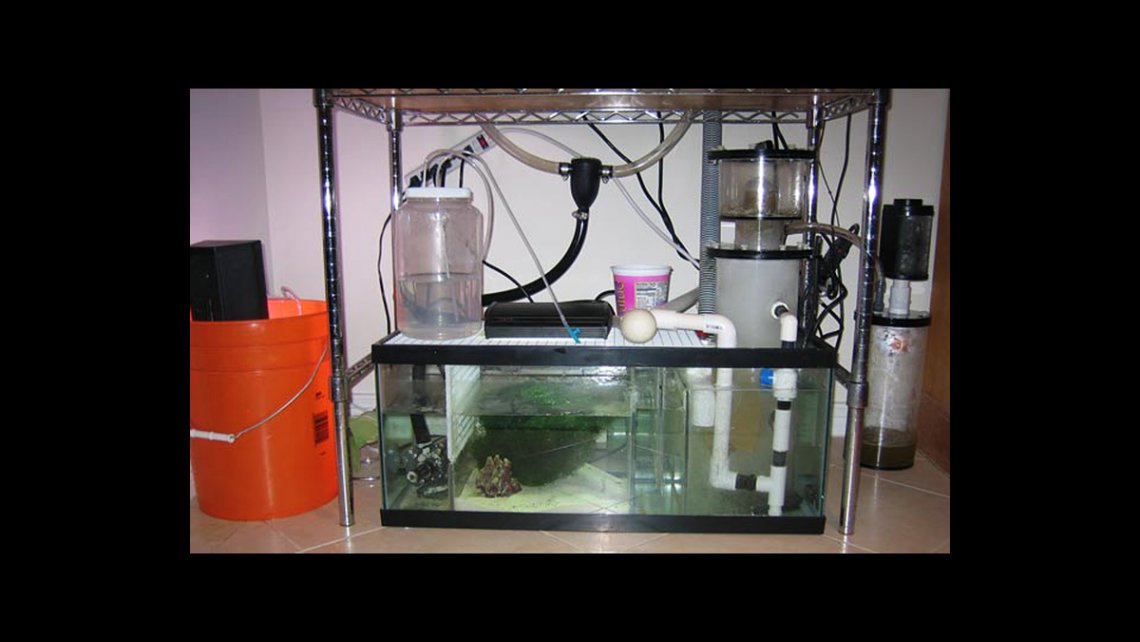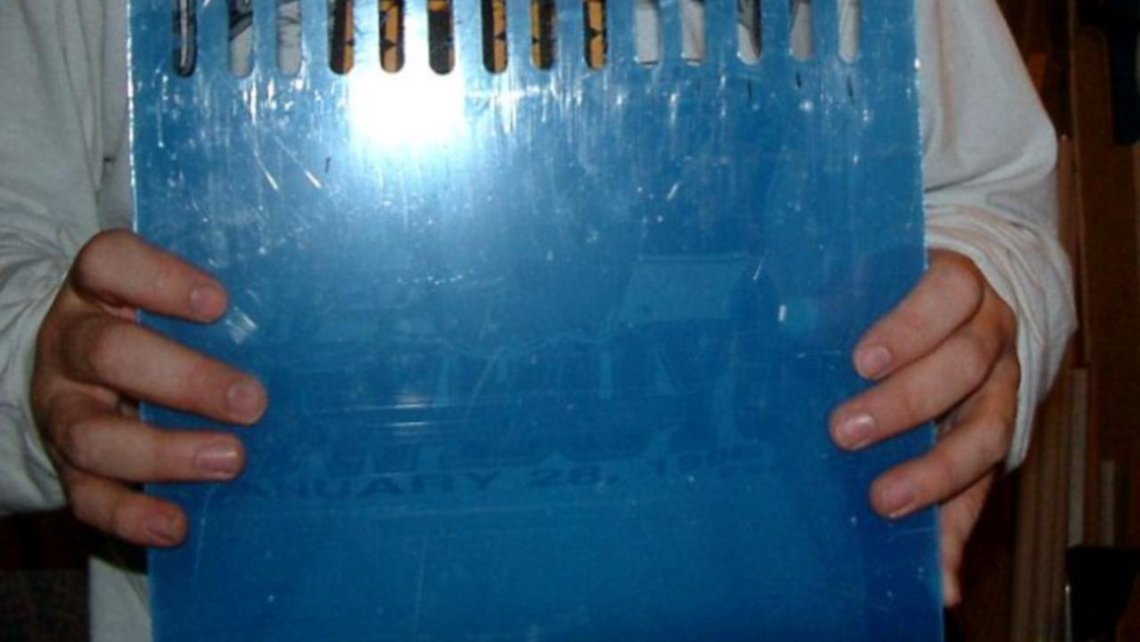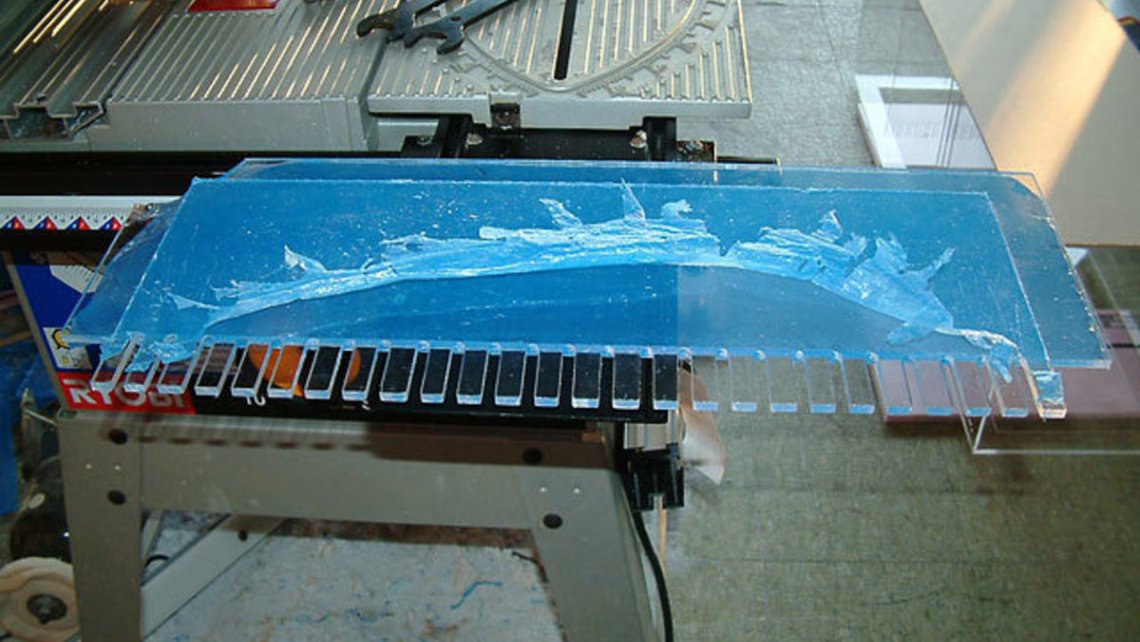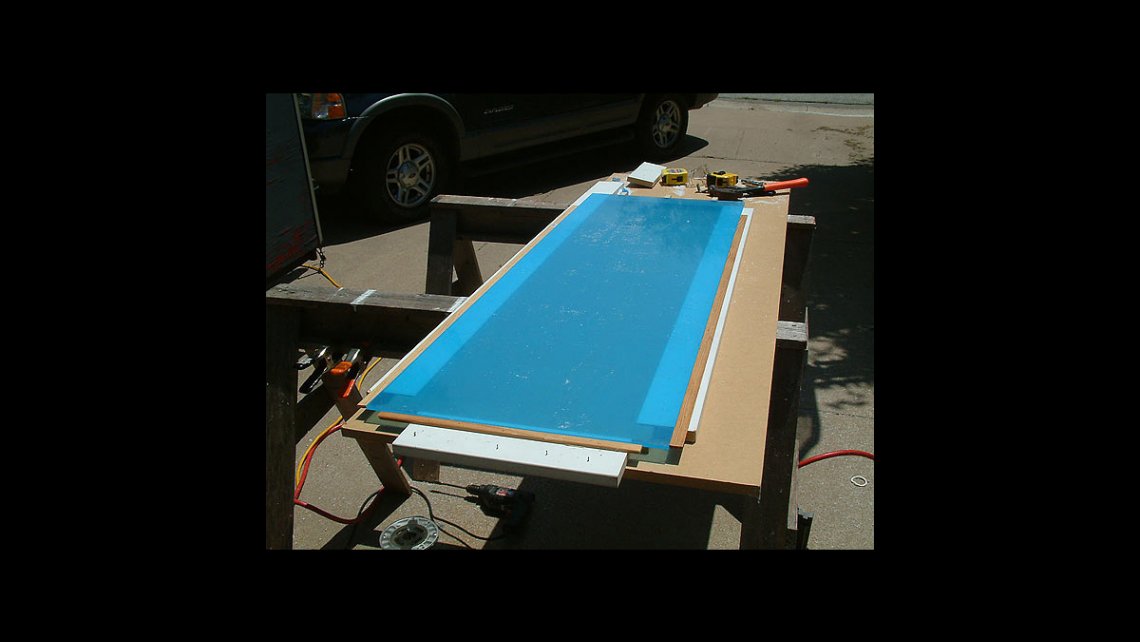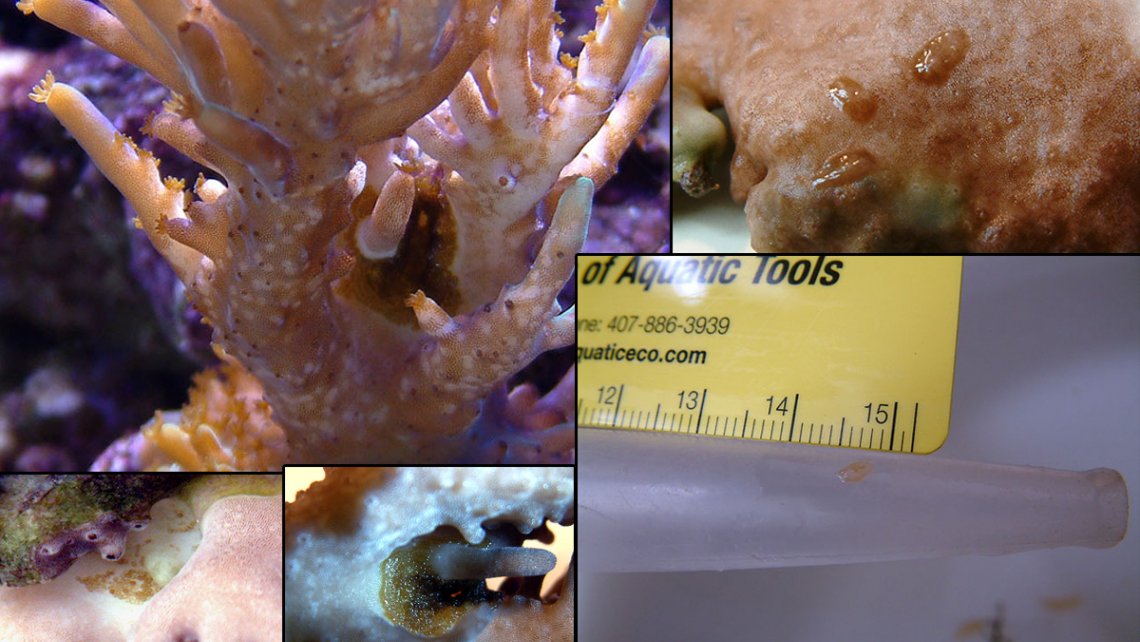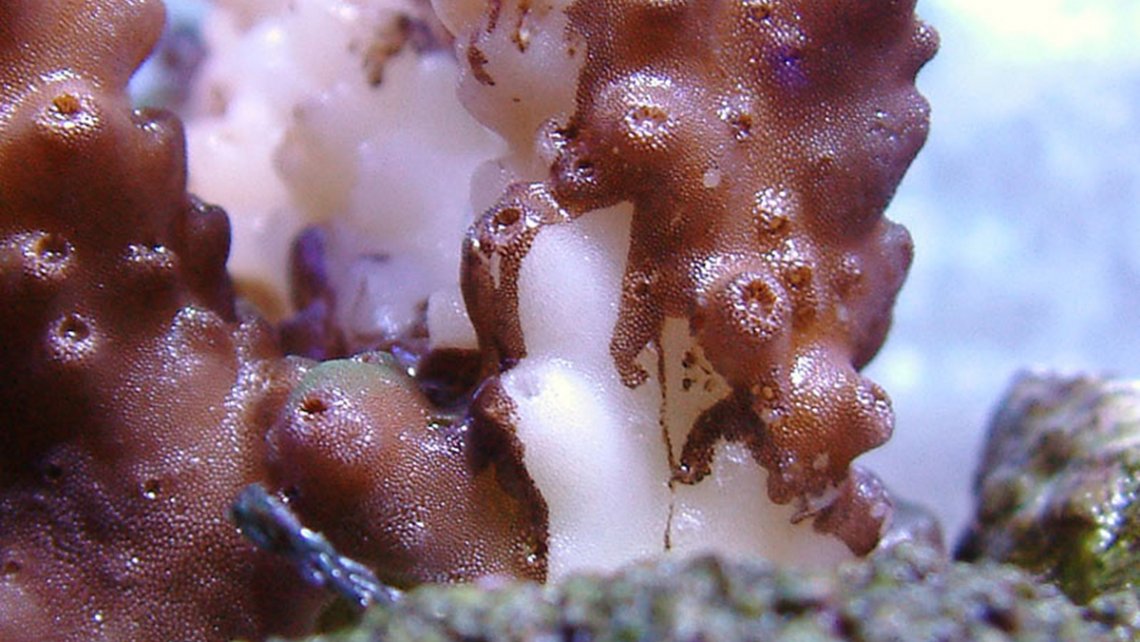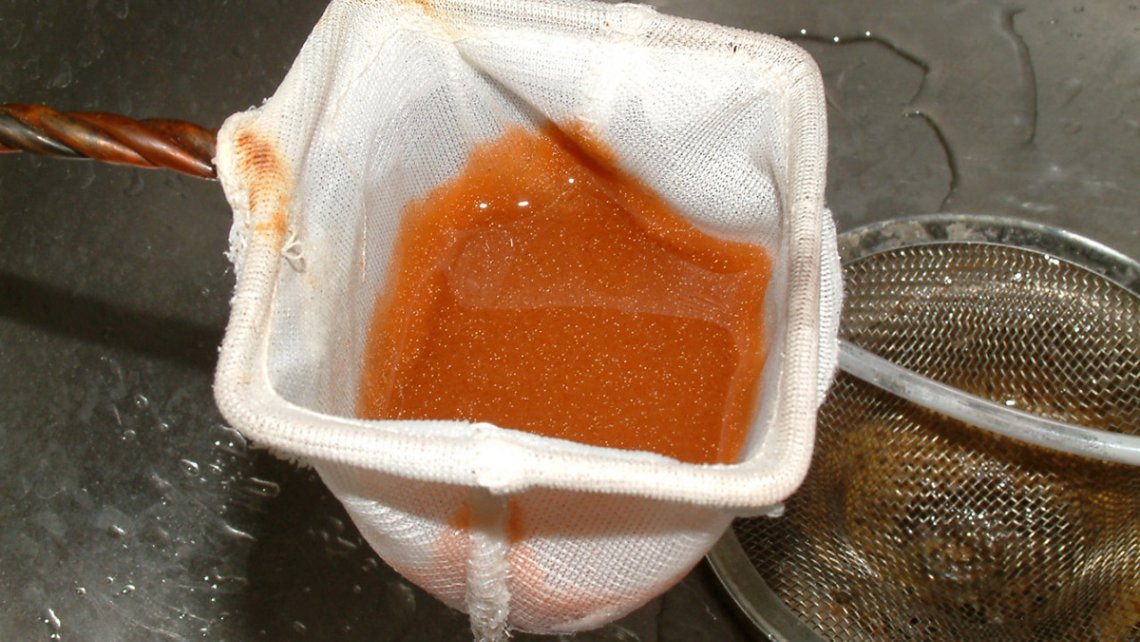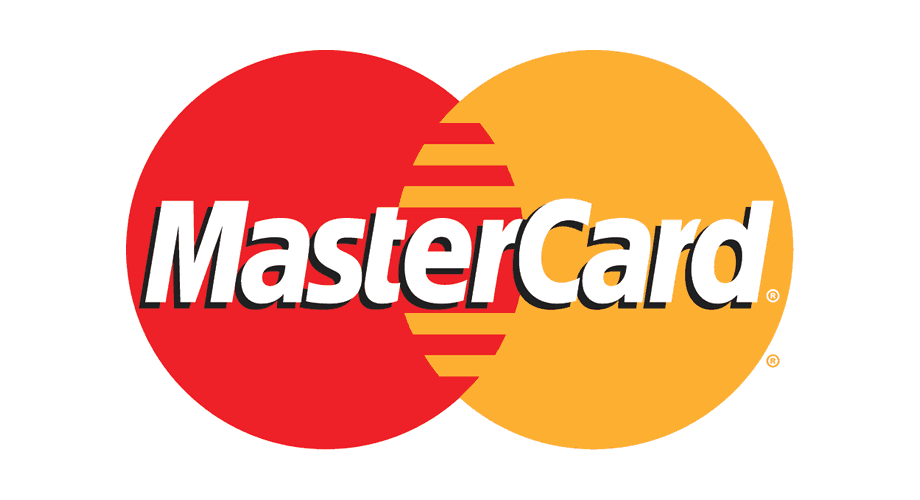Product Review: Reefbrite's Lumilite
I installed the Reefbrite Lumilite on my frag system's refugium a couple of months ago to see how it would do. Honestly, I had a feeling I'd need two of them to handle that area. Still, I had to test it out to see what it could do rather than supercharge my results. Water parameters on that system wander a bit because I don't watch it as closely as I do my reef, but despite that the macro algae has done quite well.
